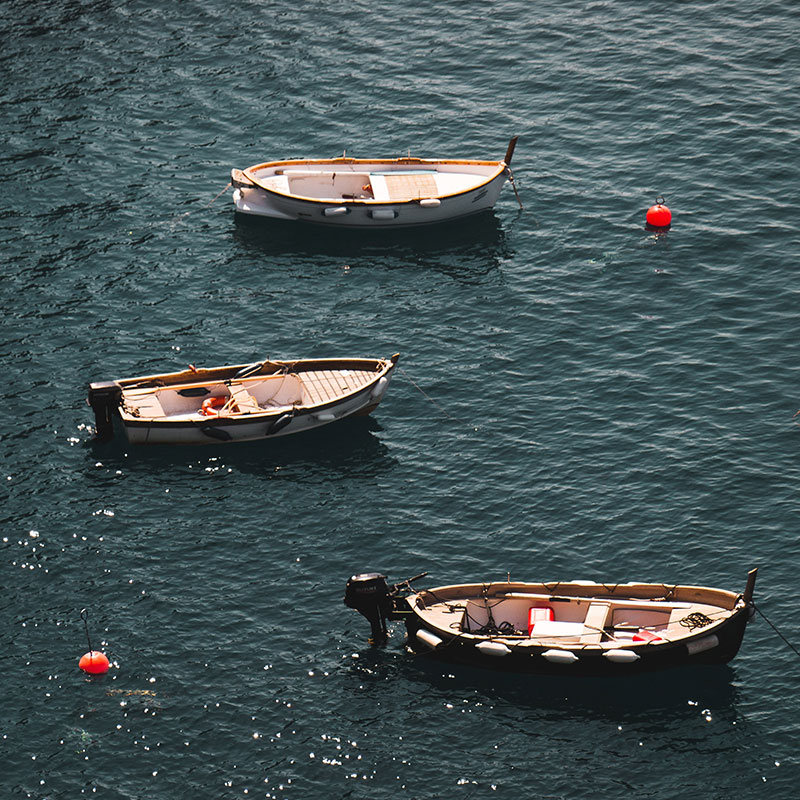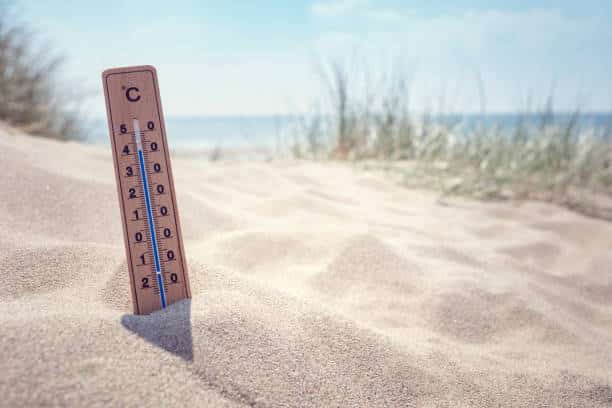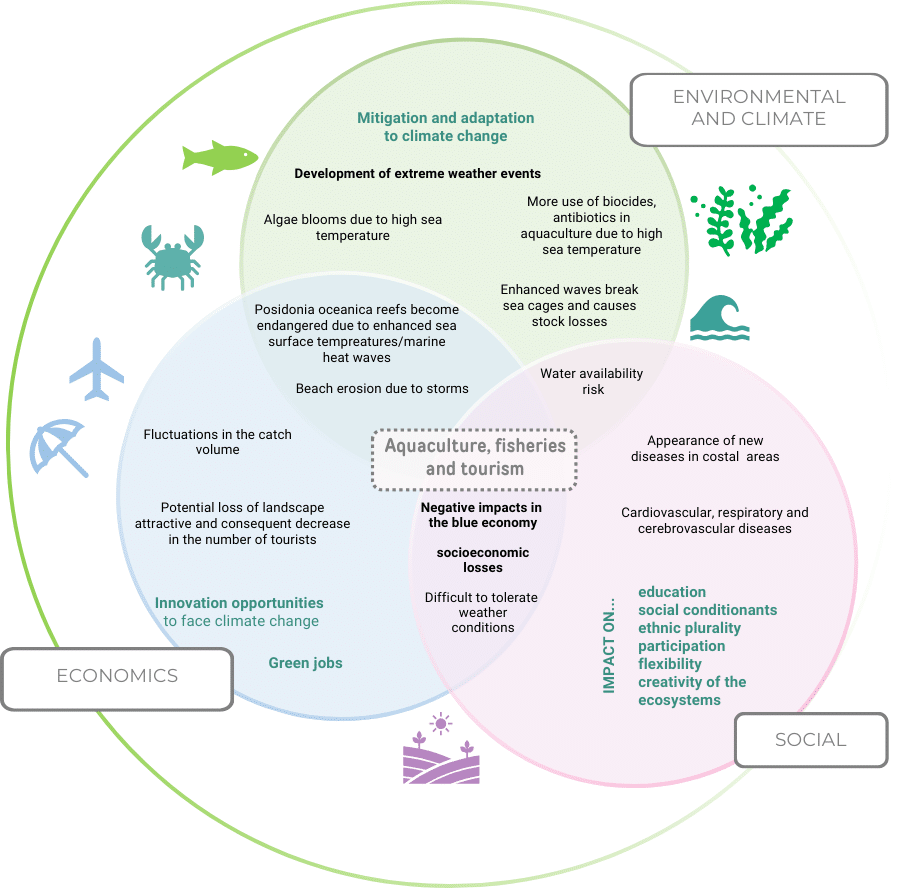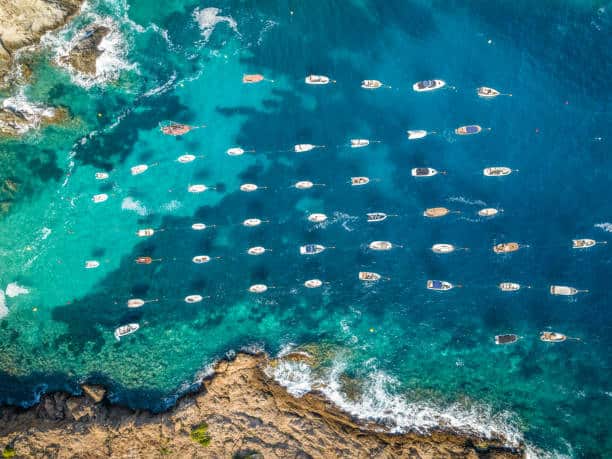- +34 963 25 02 93
ECOAZUL-MED (2021-2024), funded by the Torres Quevedo program, aims to generate a web tool for public use that allows downloading climate information that anticipates the effects of climate change in key sectors of the blue economy in the Spanish Mediterranean coast for the next 40 years, assuming different greenhouse gas emission scenarios. Specifically, the study sectors are aquaculture, fishing and coastal tourism, since they have traditionally constituted an essential source of wealth and prosperity on the Spanish Mediterranean coast.
In the Mediterranean region, characterized by a pronounced warming and an increasingly greater frequency and/or intensity of extreme weather events such as heat waves or intense precipitation, these economic activities, which are exposed and largely dependent on climate conditions, will be affected. Therefore, in the current context of climate change, densely populated areas such as the Western Mediterranean are highly vulnerable to suffering possible negative socioeconomic impacts.

The ECOAZUL-MED tool allows downloading relevant climate information to anticipate the impacts of climate change on the Spanish Mediterranean coast.
The ECOAZUL-MED tool makes it possible to provide relevant climate information to companies, public administrations and other agents involved. This allows an adequate planning of these economic activities and highlights the need for their innovation to adapt to climate change, this being fundamental to ensure their sustainable development.
Aquaculture, fishing and coastal tourism have traditionally been an essential source of wealth and prosperity for the Spanish Mediterranean coast, providing opportunities for growth, employment and investment, as well as contributing significantly to the social and economic development of the region.
The Spanish fishing sector occupies the first place in the European Union, in volume and economic value. Changes in currents or a warming of the sea could cause a displacement of species, affecting catches, fuel consumption or product prices.
It is a vital activity nationwide, with a harvest of 327,309 tons and a first sale value of €629 million in 2021. In marine aquaculture, water temperature could compromise farms. Additionally, extremes of precipitation could deteriorate cages and cause leaks.
"Sun and beach" tourism is one of the main sources of income nationwide. Increasing air temperature could affect destination selection. Extremes of precipitation could compromise tourist activity, damage infrastructure and cause beaches to retreat.
The Mediterranean region is considered by the scientific community as a climate change hotspot because it is experiencing enhanced warming. In addition, it is highly favorable to the development of extreme weather events such as heat waves or intense precipitation. In the coming decades, an increase in the frequency and/or intensity of these events is expected. Therefore, densely populated Mediterranean coasts, such as the Spanish eastern coast, are susceptible to negative impacts on the blue economy, with consequent socioeconomic losses.

Currently, the availability of solid and reliable information from systematic research on the impact of climate change on the blue economy is limited. The only tool available to obtain this information are climate models with which to make future climate projections. Adaptation to the effects of climate change must focus on knowledge of the future climate and the adoption of effective policies and practices to be implemented by public administrations and entities operating in related sectors. The possibilities for adaptation are many, from technological options, to changes in usual protocols and early warning systems in relation to extreme events, the improvement of risk management, insurance options or the conservation of biological diversity.
An integrated approach is used with a multidisciplinary perspective consisting of two different approaches: quantitative and qualitative research.


The added value of this project compared to other similar ones lies in three pillars: (i) the use of high-resolution, air-sea coupled, regional climate models, which makes downscaling dynamic and coherent from a physical point of view, which does not occur when global models are used and the downscaling is statistical, or when only regional atmospheric or oceanic models are used for downscaling; (ii) we work with both oceanic variables and atmospheric variables over land; (iii) attention is paid to extreme weather events with the capacity to cause severe socioeconomic damage such as heat waves.
The web tool allows downloading relevant climate information, both oceanic and atmospheric, for the selected emission scenarios, time period and time frequency. The results are presented graphically in a series of maps, in PDF format, whose structure is explained in detail in the User’s manual.

Project PTQ2020-011287 funded by:
